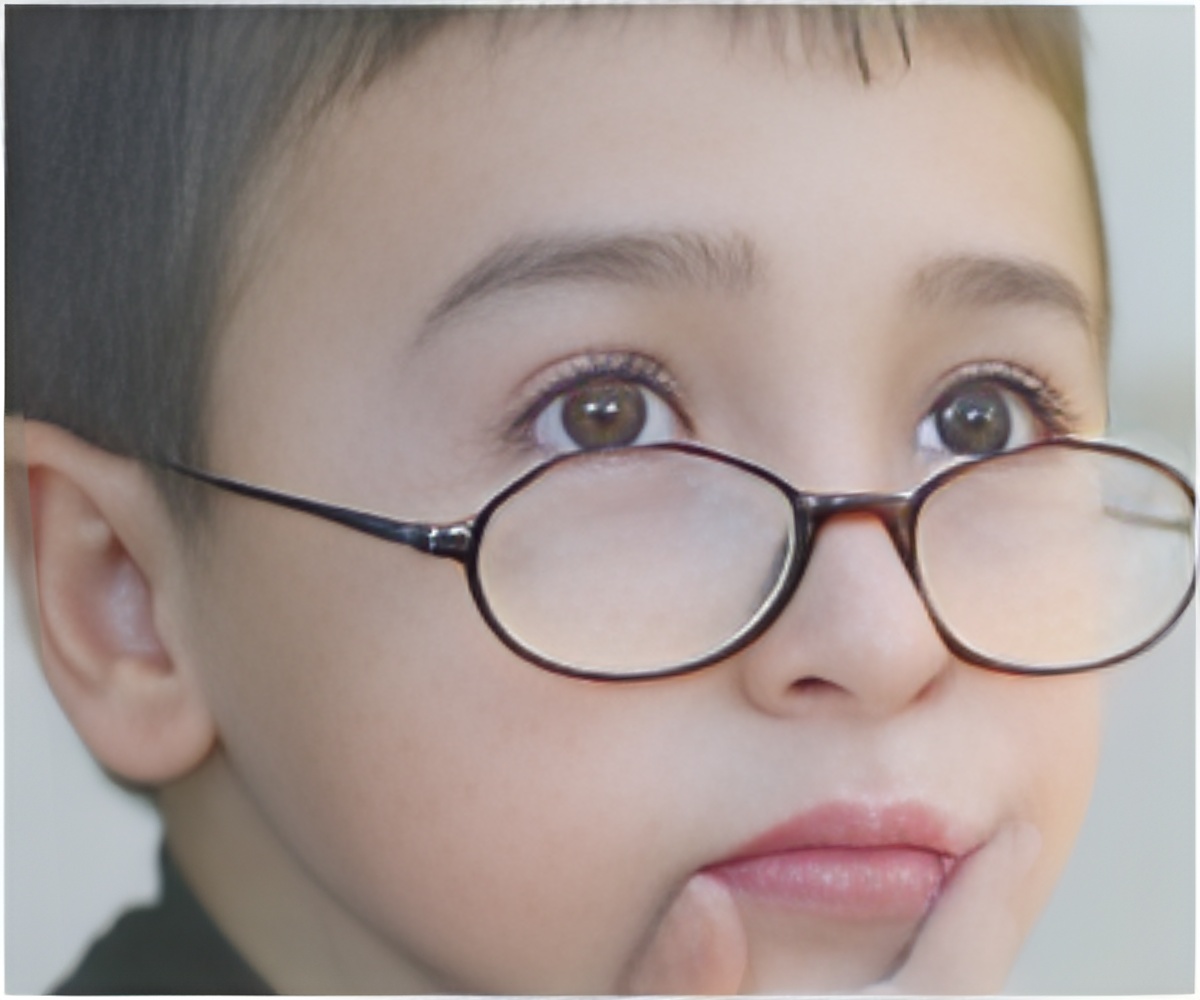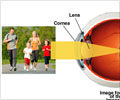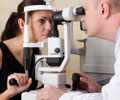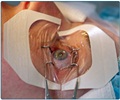A scientific team has found that poor kids are far less likely to be nearsighted than their wealthier peers.

The study said, "Living in the middle-class area was associated with a 69 percent increased risk for nearsightedness, even after adjusting for other risk factors, such as time spent reading, outdoor activity and whether the student's parents wore glasses. Doing well at math, which requires intensive focus on a written page, was among the factors linked to higher incidence of myopia. Girls were also more likely than boys to be nearsighted."
lead investigator Professor Nathan Congdon said, "We're still on the hunt for a plausible explanation and think the results merit more study into whether using blackboards versus books may be partially responsible for protecting eyes against nearsightedness, and what other factors may play a role. What's important is that we figure out how lower-income Chinese students have avoided nearsightedness so we can use those same strategies to prevent more childhood myopia cases across Asia and perhaps even the world."
The research appears in the journal of the American Academy of Ophthalmology.
Source-Medindia









